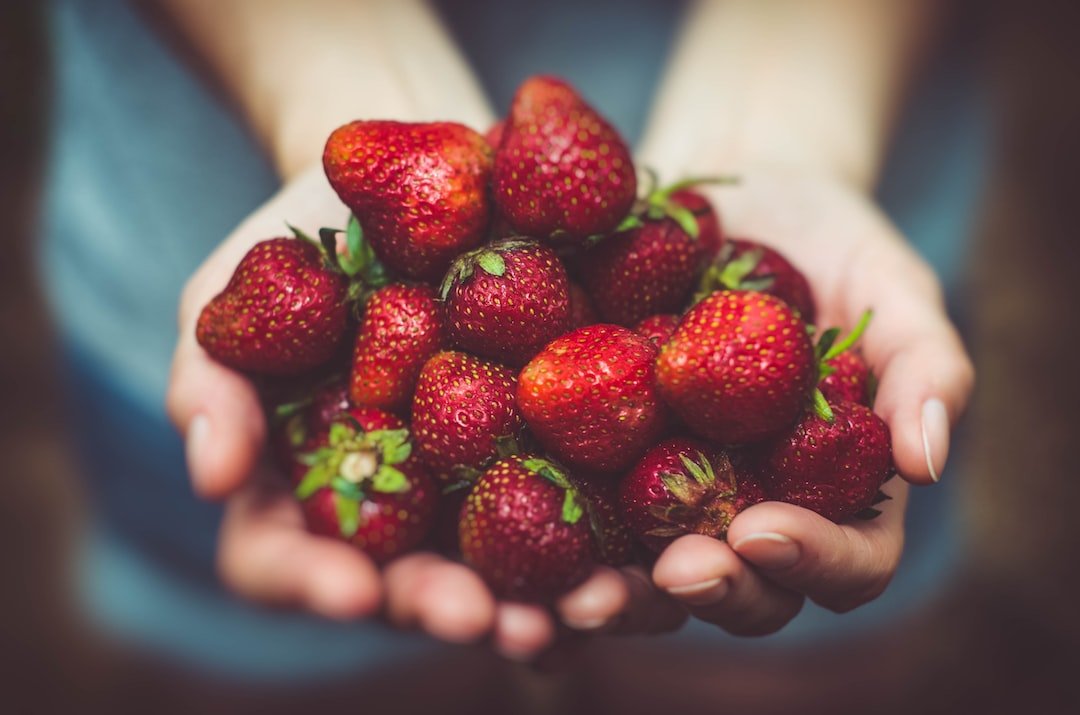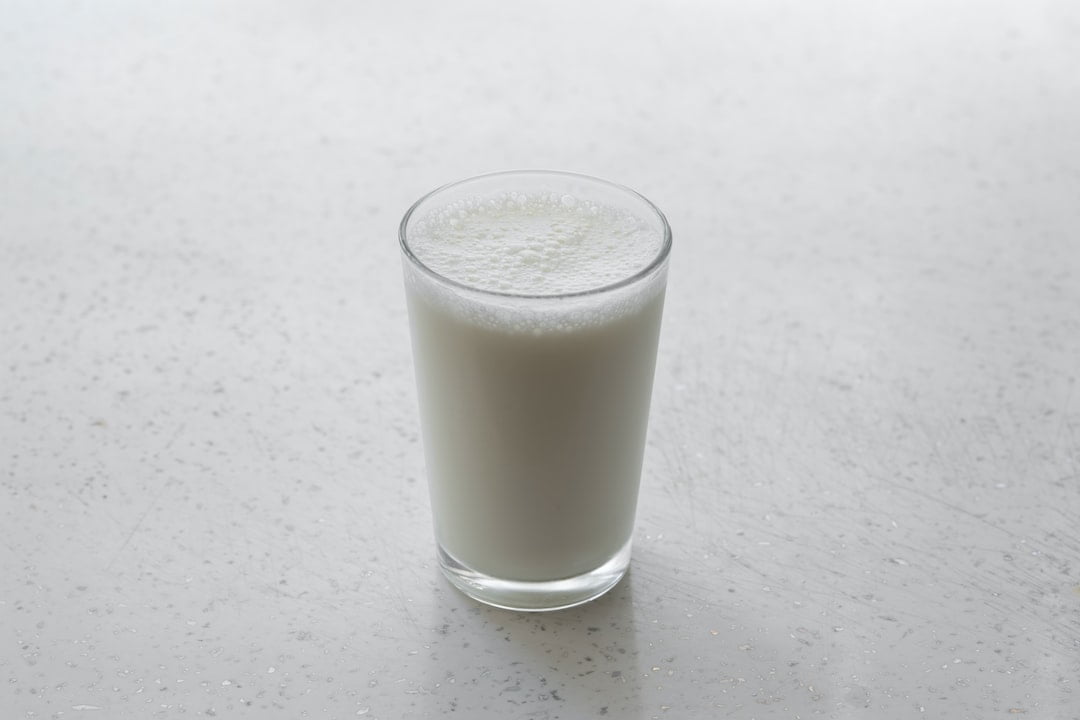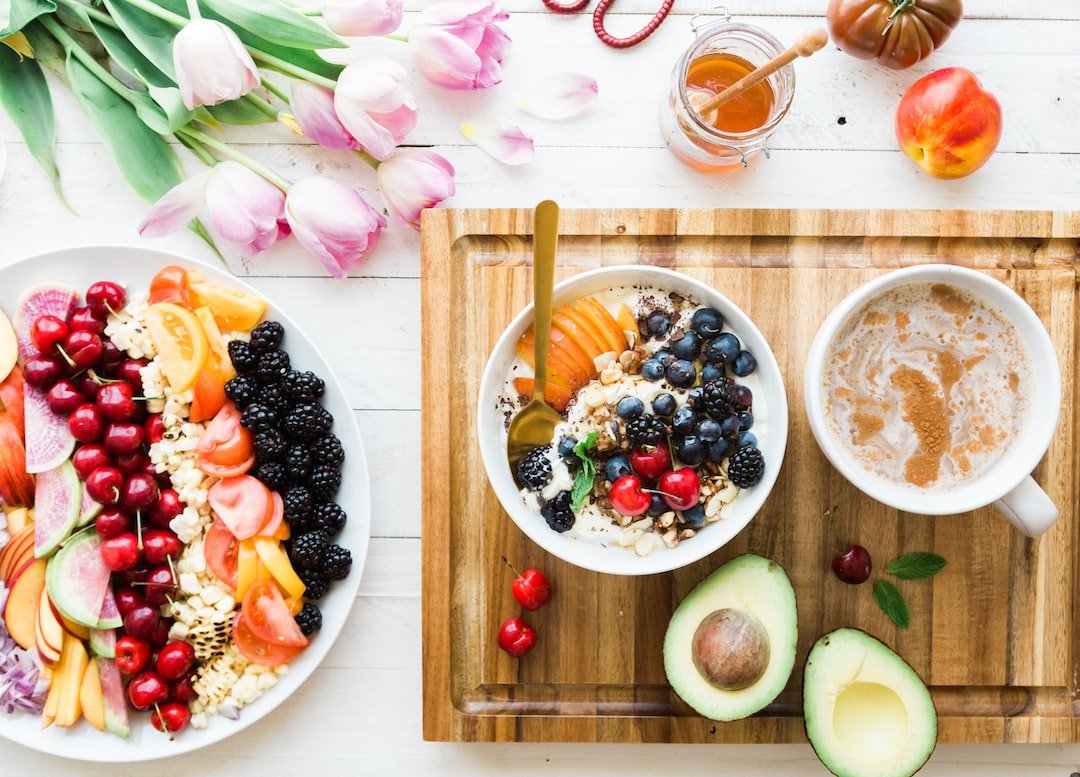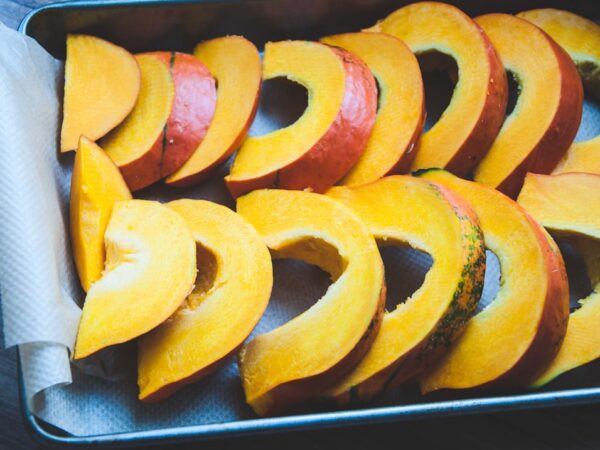
The importance of iron for oxygen transport and preventing anemia
Iron is an essential mineral that plays a crucial role in the human body. It is involved in various physiological processes, including oxygen transport, energy production, and DNA synthesis. One of the most important functions of iron is its role in carrying oxygen in the blood. Without adequate iron levels, the body cannot effectively transport oxygen to the cells, leading to a condition called anemia.
Oxygen is vital for the survival of every cell in our body. It is required for energy production and other metabolic processes. Iron helps facilitate this process by binding to oxygen molecules and transporting them through the bloodstream. This is made possible by two proteins called hemoglobin and myoglobin.
Hemoglobin is found in red blood cells and is responsible for carrying oxygen from the lungs to the tissues throughout the body. It consists of four protein chains, each containing a heme group that contains an iron atom. The iron atom binds to oxygen molecules, allowing them to be transported to where they are needed.
Myoglobin, on the other hand, is found in muscle cells and serves as a storage site for oxygen. It has a similar structure to hemoglobin but with only one protein chain. Myoglobin stores oxygen in muscle tissues, releasing it when needed during physical activity or times of low oxygen availability.
Anemia occurs when there is a deficiency of red blood cells or hemoglobin in the blood. This can be caused by various factors, including inadequate iron intake, poor absorption of iron from the diet, or increased iron requirements due to pregnancy or growth. Anemia can lead to symptoms such as fatigue, weakness, shortness of breath, and pale skin.
The Basic Science: How Iron Helps Carry Oxygen in the Blood
To understand how iron helps carry oxygen in the blood, it is important to delve into the basic science behind this process. As mentioned earlier, iron is a key component of hemoglobin and myoglobin, two proteins that play a crucial role in oxygen transport.
Hemoglobin is a complex protein made up of four subunits, each containing a heme group. The heme group consists of a porphyrin ring with an iron atom at its center. When oxygen binds to the iron atom, it changes the shape of the hemoglobin molecule, allowing it to carry oxygen molecules from the lungs to the tissues.
Once oxygen is delivered to the tissues, myoglobin takes over and stores the oxygen in muscle cells. Myoglobin has a similar structure to hemoglobin but with only one subunit. It also contains a heme group with an iron atom that binds to oxygen. When oxygen levels are low, myoglobin releases the stored oxygen to meet the increased demand.
Iron deficiency can have a significant impact on oxygen transport. Without enough iron, the body cannot produce sufficient hemoglobin or myoglobin, leading to decreased oxygen-carrying capacity. This can result in symptoms such as fatigue, weakness, and shortness of breath.
The Importance of Iron in Preventing Anemia
Anemia is a condition characterized by a decrease in the number of red blood cells or a decrease in hemoglobin levels in the blood. It can be caused by various factors, including iron deficiency. Iron deficiency anemia is the most common type of anemia worldwide and occurs when there is not enough iron available for the body to produce adequate amounts of hemoglobin.
Iron deficiency can occur due to inadequate dietary intake of iron, poor absorption of iron from the diet, or increased iron requirements during periods of growth or pregnancy. It can also be caused by chronic blood loss from conditions such as heavy menstrual bleeding or gastrointestinal bleeding.
When there is not enough iron available, the body cannot produce enough hemoglobin to carry oxygen effectively. This leads to decreased oxygen delivery to the tissues, resulting in symptoms such as fatigue, weakness, shortness of breath, and pale skin.
Preventing iron deficiency anemia is crucial for maintaining optimal health. Iron plays a vital role in oxygen transport, energy production, and overall well-being. Ensuring an adequate intake of iron through diet or supplementation can help prevent anemia and its associated symptoms.
Iron Deficiency Anemia: Causes, Symptoms, and Risks
Iron deficiency anemia is a common condition that occurs when there is a lack of iron in the body. It can be caused by various factors, including inadequate dietary intake of iron, poor absorption of iron from the diet, or increased iron requirements.
The most common cause of iron deficiency anemia is inadequate dietary intake of iron. Iron is found in both animal and plant-based foods, with animal sources being more easily absorbed by the body. A diet lacking in iron-rich foods can lead to a deficiency over time.
Poor absorption of iron from the diet can also contribute to iron deficiency anemia. Certain conditions, such as celiac disease or inflammatory bowel disease, can impair the body’s ability to absorb iron from food. This can lead to decreased iron levels and eventually anemia.
Increased iron requirements can occur during periods of growth or pregnancy. During these times, the body needs more iron to support the production of new red blood cells. If the increased demand is not met through diet or supplementation, it can lead to iron deficiency anemia.
The symptoms of iron deficiency anemia can vary but often include fatigue, weakness, shortness of breath, pale skin, and dizziness. In severe cases, it can also lead to complications such as heart problems or impaired cognitive function.
Diagnosing iron deficiency anemia involves a blood test to measure hemoglobin levels and other markers of iron status. Treatment typically involves increasing dietary intake of iron-rich foods or taking iron supplements. In some cases, intravenous iron may be necessary to quickly replenish iron stores.
The Role of Nutrition in Maintaining Adequate Iron Levels
Nutrition plays a crucial role in maintaining adequate iron levels in the body. Iron is found in a variety of foods, both animal and plant-based. However, not all sources of iron are created equal, and factors such as bioavailability and other dietary components can affect iron absorption.
There are two types of dietary iron: heme iron and non-heme iron. Heme iron is found in animal-based foods such as meat, poultry, and seafood. It is more easily absorbed by the body compared to non-heme iron.
Non-heme iron is found in plant-based foods such as legumes, whole grains, nuts, and seeds. It is not as easily absorbed by the body and is influenced by other dietary components. For example, consuming vitamin C-rich foods alongside non-heme iron can enhance its absorption.
Other factors that can affect iron absorption include the presence of phytates and polyphenols in certain plant-based foods. Phytates are compounds found in whole grains and legumes that can bind to iron and inhibit its absorption. Polyphenols, found in tea, coffee, and some fruits and vegetables, can also interfere with iron absorption.
To optimize iron absorption, it is important to consume a varied diet that includes both heme and non-heme sources of iron. Pairing non-heme iron-rich foods with vitamin C-rich foods can enhance absorption. Cooking methods can also affect iron bioavailability, with some cooking techniques increasing or decreasing the amount of available iron.
Iron-Rich Foods: Incorporating Them into Your Diet

Incorporating iron-rich foods into your diet is essential for maintaining adequate iron levels and preventing anemia. There are many delicious and nutritious options to choose from, whether you prefer animal or plant-based sources of iron.
Animal-based sources of iron include red meat, poultry, fish, and shellfish. These foods contain heme iron, which is more easily absorbed by the body. Red meat, such as beef and lamb, is particularly rich in iron and can provide a significant amount of this essential mineral.
Plant-based sources of iron include legumes, whole grains, nuts, seeds, and leafy green vegetables. While these foods contain non-heme iron, they can still contribute to your daily iron intake. Legumes such as lentils, chickpeas, and black beans are excellent sources of iron and can be incorporated into soups, stews, salads, or side dishes.
Whole grains like quinoa, brown rice, and oats also contain iron and can be used as a base for meals or added to baked goods. Nuts and seeds such as almonds, pumpkin seeds, and chia seeds are not only rich in iron but also provide healthy fats and other essential nutrients.
Leafy green vegetables like spinach, kale, and Swiss chard are packed with iron and other vitamins and minerals. They can be enjoyed raw in salads or cooked in stir-fries, soups, or smoothies.
Incorporating iron-rich foods into your diet doesn’t have to be complicated. Start by adding a variety of these foods to your meals and snacks. Experiment with different recipes and cooking methods to find what works best for you. Remember to pair non-heme iron-rich foods with vitamin C-rich foods to enhance absorption.
Vegetarian and Vegan Diets: Strategies for Getting Enough Iron
Vegetarian and vegan diets can provide all the necessary nutrients for optimal health, including iron. However, it can be challenging to get enough iron on these diets due to the lower bioavailability of non-heme iron and the absence of heme iron.
To ensure adequate iron intake on a vegetarian or vegan diet, it is important to focus on consuming a variety of iron-rich plant-based foods. Legumes, whole grains, nuts, seeds, and leafy green vegetables should be staples in your diet.
Pairing non-heme iron-rich foods with vitamin C-rich foods can enhance iron absorption. For example, adding citrus fruits or bell peppers to a lentil salad or squeezing lemon juice over cooked spinach can increase the amount of iron your body absorbs.
It is also important to be mindful of other dietary components that can affect iron absorption. Avoid consuming tea or coffee with meals, as the polyphenols in these beverages can inhibit iron absorption. Instead, opt for herbal teas or consume them at least two hours before or after a meal.
Cooking methods can also affect iron bioavailability. Soaking legumes and whole grains before cooking can help reduce the levels of phytates and increase iron absorption. Cooking foods in cast-iron cookware can also increase the iron content of the food.
If you are concerned about meeting your iron needs on a vegetarian or vegan diet, consider consulting with a registered dietitian who specializes in plant-based nutrition. They can provide personalized guidance and help ensure you are getting all the necessary nutrients for optimal health.
Iron Supplements: When and How to Take Them
Iron supplements may be necessary in certain situations to help prevent or treat iron deficiency anemia. They are available in various forms, including ferrous sulfate, ferrous gluconate, and ferric citrate. The type and dosage of iron supplement recommended will depend on your individual needs and the severity of your iron deficiency.
Iron supplements should only be taken under the guidance of a healthcare professional. They can have side effects such as constipation, nausea, and stomach upset. Taking too much iron can also be harmful and lead to iron overload.
Iron supplements are typically recommended when dietary changes alone are not sufficient to meet your iron needs or if you have a diagnosed iron deficiency anemia. They may also be prescribed during pregnancy or in certain medical conditions that increase iron requirements.
To maximize the absorption of iron supplements, it is recommended to take them on an empty stomach. However, if you experience stomach upset or other digestive issues, you can take them with a small amount of food. Avoid taking iron supplements with tea or coffee, as the polyphenols in these beverages can inhibit iron absorption.
It is important to follow the recommended dosage and duration of iron supplementation as prescribed by your healthcare professional. Taking more iron than necessary can lead to iron overload and increase the risk of complications.
Iron Overload: Risks and Precautions
While iron deficiency is a common concern, it is also possible to have too much iron in the body, leading to a condition called iron overload. Iron overload can be caused by various factors, including hereditary conditions such as hemochromatosis or repeated blood transfusions.
Iron overload can have serious health consequences if left untreated. It can lead to organ damage, particularly in the liver, heart, and pancreas. Symptoms of iron overload can include fatigue, joint pain, abdominal pain, and darkening of the skin.
If you have a family history of hereditary hemochromatosis or other risk factors for iron overload, it is important to speak with your healthcare professional about screening and monitoring your iron levels. Regular blood tests can help detect elevated iron levels and allow for early intervention if necessary.
If you are diagnosed with iron overload, treatment may involve therapeutic phlebotomy, which involves removing blood from the body to reduce iron levels. Dietary changes may also be recommended to limit the intake of iron-rich foods and beverages.
Prioritizing Iron for Optimal Health and Wellness
In conclusion, understanding the role of iron in oxygen transport and anemia prevention is crucial for maintaining optimal health and wellness. Iron plays a vital role in carrying oxygen in the blood, and its deficiency can lead to anemia and associated symptoms.
Ensuring an adequate intake of iron through diet or supplementation is essential for preventing iron deficiency anemia. Incorporating iron-rich foods into your diet, whether you follow a vegetarian or omnivorous diet, can help meet your iron needs. Pairing non-heme iron-rich foods with vitamin C-rich foods can enhance iron absorption.
If you are at risk of iron deficiency or have been diagnosed with iron deficiency anemia, consult with a healthcare professional for personalized guidance. They can help determine the underlying cause of your iron deficiency and recommend appropriate treatment options.
By prioritizing iron in your diet and taking necessary precautions, you can support optimal oxygen transport, energy production, and overall well-being. Remember to listen to your body and seek medical advice if you have any concerns about your iron levels.
FAQs
What is iron?
Iron is a mineral that is essential for the human body to function properly. It is a component of hemoglobin, a protein in red blood cells that carries oxygen from the lungs to the rest of the body.
Why is iron important for oxygen transport?
Iron is necessary for the production of hemoglobin, which is responsible for carrying oxygen from the lungs to the rest of the body. Without enough iron, the body cannot produce enough hemoglobin, which can lead to anemia and other health problems.
What is anemia?
Anemia is a condition in which the body does not have enough red blood cells or hemoglobin to carry oxygen to the body’s tissues. This can cause fatigue, weakness, shortness of breath, and other symptoms.
What are the symptoms of iron deficiency?
Symptoms of iron deficiency can include fatigue, weakness, pale skin, shortness of breath, dizziness, headaches, and cold hands and feet.
How can I get enough iron in my diet?
Iron can be found in a variety of foods, including red meat, poultry, fish, beans, lentils, tofu, spinach, and fortified cereals. Eating a balanced diet that includes a variety of iron-rich foods can help ensure that you get enough iron.
Who is at risk for iron deficiency?
Women of childbearing age, pregnant women, infants and young children, and vegetarians and vegans are at higher risk for iron deficiency. People with certain medical conditions, such as celiac disease or inflammatory bowel disease, may also be at higher risk.


















